It’s Monday morning. The weekend is still sagging in my ears. Coffee is supreme. I have this spot on Geary Street that opens early, serves the perfect medium drip and isn’t so hipster that I need to discuss their facial hair or my sneakers. As I scurry along, the fog already clinches the Bay, I hopscotch right into a stand-off. Two humans, dressed in sleeping bags and holding bottles of hooch are having a barney. A lovers quarrel perhaps. A little angrier than I could muster at dawn, but here we are. I pause, deciding whether to politely turn around and walk some other way to give them their privacy, or, to be the eternal New Yorker and pretend it’s a city, and walk on by as if they simply do not exist.
My choice gets altered by the tiniest human standing right behind me, holding a bag of laundry in one hand and the hand of a child in the other. We are now somewhat huddled together, resolving our destiny. Behind them, another human – in only stained underwear – has also appeared, freshly awoken from the commotion – lighting up a joint, gazing at the little scene we’re all now part of. Pantless starts rhyming profanities and they come hard and fast, which I can, of course, appreciate for their artistry –- but the rest of my little flock simply could not. Everyone gallops.

This is the Tenderloin in San Francisco today. Yes, you’ve heard the stories, the pearl-clutching, the finger-wagging, the shaking of heads. And, of course, it’s all true. Crime, homelessness, squalid conditions, prostitution, illegal drugs, looting, and mental health issues. Crisis. But you know what else is true — families and children live right here, local businesses operate here, gorgeous historic buildings are all about, and morning walkers, like silly me, wander.
This wedge-shaped neighborhood, in the flatlands of the southern slope of Nob Hill, between Union Square and the Civic Center, is simply 50 square blocks. It historically resisted gentrification, and has for decades been known as “seedy.” And now it’s become the face of “failure,” the “demise of ‘Merica.” And truthfully, it’s bad. But it’s taken this pounding not just because it’s shambolic, but also because San Francisco matters. The city has been, and is, a symbol of progress. It so proudly stands for all the rights — begin with gay, freedom, entitlement and end with sanctuary or giver of creative kernels, or wherever you’d like, San Francisco is all of it. And also because it has finally, completely, spiraled out of control.
But just how bad? But maybe we need to figure out how bad or good things are in San Francisco before we go any further. According to the San Francisco Police, the city’s crime data is showing a decrease this month over the same period in 2021 of roughly 18%. The San Francisco Police Department reported on their Twitter account that just in the week of January 16, 2022, their efforts include – “over 1.7 kilos of drugs seized (including over 1.1 kilos of fentanyl), 36 felony arrests (including 17 drug dealers), over $3,500 of drug money seized, 2 guns taken off the street and responses to over 1,300 calls for service.”

At the end of 2021, a pack of looters robbed stores all over the greater Downtown Area. Social media videos have been shared of masked and armed vigilantes running with arms full of Louis Vuitton bags out of stores around the Union Square area. Residents, according to many articles in the San Francisco Chronicle, are nonstop dialing the police to report break-ins, suspicious behavior and smash and grab scenarios. But it’s not just luxury stores either, Proposition 47, the 2014 ballot measure that reclassified nonviolent thefts as misdemeanors if the stolen goods are worth less than $950, has heartened thieves all over the neighborhood – including running into the Walgreens to help themselves.
I have seen the Next Door app for the Tenderloin, and it’s filled with residents sharing dire straits — seeking their valuables back, warnings about certain people on the street and more. I mean, the open-air Fentanyl market is there for any passerby to see on Polk Street. I have driven by and seen people shooting up, or smoking Fentanyl in broad daylight as if it was completely normal. I have watched as Fentanyl zombies meander into the traffic in front of cars, completely unaware of their surroundings. I have seen this multiple times, with hordes of people, the “Walking Dead” reference is too easy, but it still feels exactly like that.

When you walk around this area tent cities have taken over the sidewalks making it impossible for business owners to run their stores. People are defecating at bus stops, trash is scattered everywhere, and people are sleeping in bike paths. These bents are absolutely going to be consequential in the 2022 city and state-wide elections, when California voters will choose their next top cop.
In the meantime, the community has spoken. They want accountability. Families want to be able to walk to work without getting accosted. People having a mental health crisis in the neighborhoods need to be assisted, kids dream of playing handball on the block without being involved in drug deals, and abuelas just want to commune without having to step over needles, or bodies.
And Mayor London Breed has heard their plea: “…it’s time for the reign of criminals who are destroying our city, it is time for it to come to an end. And it comes to an end when we take the steps to be more aggressive with law enforcement. More aggressive with the changes in our policies. And less tolerant of all the bullshit that has destroyed our city.”
As a fresh high kick this year, Mayor Breed revealed her new public safety plan and declared a state of emergency in the Tenderloin. It allowed for her to secure emergency police funding, expand police surveillance powers and turbocharge service centers for people in crisis.
Sounds good, right?
Well, the backlash came hard and without delay. Some progressives were angry, seeing it as an overreach, even San Francisco’s District Attorney Chesa Boudin (who is up for a recall this summer) sounded critical of what he seems to think will consist of “arrests and prosecutions.” As if that’s a bad thing, when crimes are being committed that hurt people.
And then there are the conservatives, gleefully pointing their fingers. Some even wrongly point at her to say she is part of a defund the police movement (she’s not) but as Breed will tell you, she’s an “aggressively-reform-the-police” kind of person.
But what’s the real problem here? I have always wondered how San Francisco (and Los Angeles) gets all the rage. When you travel the country as I have as a travel writer, through all the states, most of the major cities — and plenty of places in between — the spot of bother is everywhere. I have been accosted by a homeless person in New York on 79th Street with a broken bottle. I have also been part of a failed heist in Boca Raton, in Florida, at a late-night gas station. I have stood on the street next to people sleeping on the ground in Austin, Texas. Seen drug deals in broad daylight in Bentonville, Arkansas.
But fair enough, California has an inflated housing crisis — and yes, it’s expensive here. And that has brought all the issues — crime, drugs, mental illness to a critical point. Homelessness, after all, is driven by economic forces: from the lack of a living wage, to a deficit of affordable housing, and the immeasurable impact of systemic racism. In fact, as reported in the New York Times, according to EveryOne Counts, the organization that conducts the homeless census across California, “The biggest growth area in homelessness is actually people who still have a car or an RV and are choosing to live in it because they can’t afford housing.” Meanwhile, Michael Shellenberger suggests that homelessness is a “choice” in his book San Fransicko: Why Progressives Ruin Cities, critiquing the “progressive social policies.” He (once again) simply ignores the facts without even interviewing people who live or work downtown. Big city issues are never isolated, it’s always a mashup of ingredients.

I interviewed Officer Robert Rueca (Officer #2267 at the San Francisco Police Department) and he shared that things are now shifting: “Mayor Breed’s Mid-Market Vibrancy and Safety Plan has increased the daily capacity of police officers by over 20 officers to help supplement patrols in the Tenderloin and Mid-Market areas.” Not only is the community seeing an increase in patrols, foot beats, there are also officers working in plainclothes conducting undercover operations.
What Mayor Breed has done is frame this as a safety issue. “Safety means to hold people accountable.” And in order for anyone to exercise their right to freedom, they should be able to feel safe. She and her administration are not positioning this as a police issue, they see this all as a public health issue. They agree that yes, there will always be “bad actors” as downtown has reduced in population and tourism during COVID. But the time has come for some “tough love.” I mean, multiple offenses need some consequences.
And who better to handle this as someone who grew up in the Western Addition of San Francisco, someone who has been surrounded by all these issues since she was very young. “As someone who grew up in San Francisco, as someone who grew up in poverty and around violence, I know what it means to live in some of the most challenging circumstances you can face,” Mayor Breed shares with me.
“When I met recently with families who live in the Tenderloin, I heard from seniors who are afraid to leave their homes, and from mothers who worry about taking their kids to school or the playground down the street, and that’s heart-breaking. The Tenderloin has always had its challenges, but not like this,” she continues. “When I was growing up it could be tough, but the violence that surrounds a lot of the drug-dealing today has gotten worse, and people are scared. We can’t accept that. When I go down to the Tenderloin, I talk to people I know from growing up, and even they are scared. These are people who have seen a lot in their lives, so when they say it’s different, that means something to me. We have to do better.”
Since Mayor Breed’s been in office, the focus has been on resources for the city, and now in the last two years they have added $1 billion in spending. The current State of Emergency is however focused on the Tenderloin with, as Breed says, “the hope is that over 90 days we will bring a noticeable difference to the area with the added challenge of holding it, and sustaining it.” And as her Spokesperson Jeff Cretan told me, “right away we had a coordination of resources, and managed to get 60 people off the street in four days.” San Francisco has a massive housing issue, but it’s spreading even more all over the country. “When we do have money to buy a hotel, or issue vouchers, you have to remember that it’s expensive,” says Cretan. “And the State legislature is trying to work on it as best they can.”
But besides for her rapt program, the city also has a host of alternative programs to complement the efforts. They have launched Welcome Ambassadors — essentially orange-clad greeters to the little City by the Bay. They are primarily equipped to answer questions and function as a “concierge” to locals and visitors, hopefully making people feel welcome, and even safer. There are also various downtown ambassador programs composed of retired police officers, a slew of new beautification projects in and around Union Square and an expansion of the Urban Alchemy Program serving as a bridge between police and community.

But for the city’s streets to look beautiful again will take a hot minute. I chatted to San Francisco Humanitarian, Adam Mesnick, who is the Chairman of the Board at Deli Board. He is, after all, a local and has been documenting what has been happening on the streets of San Francisco on his Twitter account, focused on the greater downtown area that includes SOMA and the Tenderloin. He sees things differently, and specifically. “Unfortunately, the greatest problem here is an addiction crisis,” he says. “It’s clearly visible, at this point essentially in your face in many neighborhoods. There are very few consequences and safety becomes a concern with open-air drug dealing, using, and the issues that creates.”
And so I asked him, why has this become a question of left of right politics and not just about accountability and safety. “Denial is a major challenge with addiction, even on a large scale like we have here,” he shares. Politics seems to erase science and data depending on the narrative. It’s a health crisis, and will require medical doctors and professionals for the addiction and mental health needs. There are industries locally based on what seems to be failed practices and methods, yet the city continues to double down on the same old story. It’s becoming far more obvious it’s a drug epidemic.”
One of the city’s proposed solutions (something New York has already rolled out) is a supervised consumption site for illegal drugs. Comparable sites in Australia and Canada have proven successful at reducing drug use in public places, promoting safer injection practices that reduce the spread of diseases like HIV/AIDS and hepatitis plus preventing overdoses. The Tenderloin’s Linkage Center (that opened in January 2022) is the treatment services HQ hoping to address the opioid and overdose components. In the meantime the San Francisco Chronicle reported that the city is allowing people to use drugs there – and quickly videos have been posted all over social media without allowing for proper context.
As Officer Rueca points out, “the City’s Tenderloin Emergency Initiative has incorporated this temporary Linkage Center where people with substance use disorder can receive mental health and other human services. This initiative is about a more efficient, effective way of getting the people who need help and services to a better place.”

But, everything is essentially political. Drugs, homelessness, mental health, everything. Meander backward with any of these pressing issues and you’re sure to find money, and power. And of course, there are always contractions between lovely intentions and horrible outcomes. And just sometimes these are for good, and other times they are for pure evil.
From my limited perspective, as someone who enjoys live music in the Tenderloin, and is often just walking by, Mayor Breed is part of a solution, poised perfectly to address things she understands. In the rank choice mayoral election of 2019, Mayor Breed was reelected with more than 70% of the vote, so much so that they didn’t even need a second round. “I know how challenging it is as someone who was raised in public housing, but I also know change is possible. We’ve got to try, not just for the people of the Tenderloin, but for the people of the entire city,” she adds.
So maybe we should let her do the job we elected her to do.
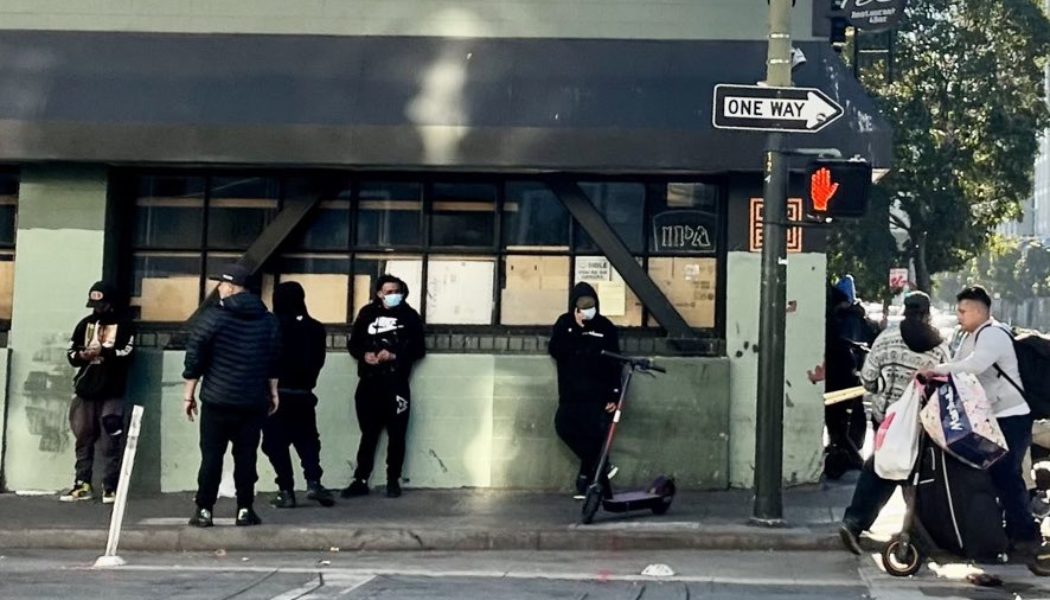

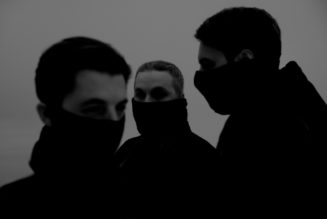


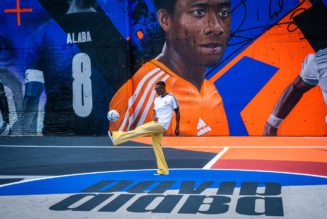


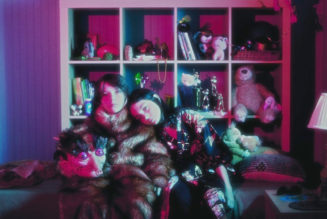
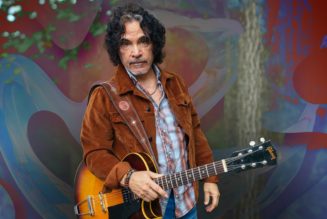

Tagged: FEATURES, San Francisco